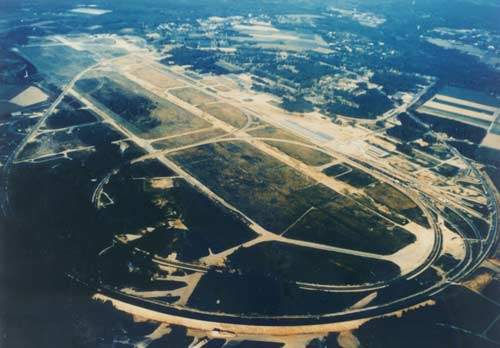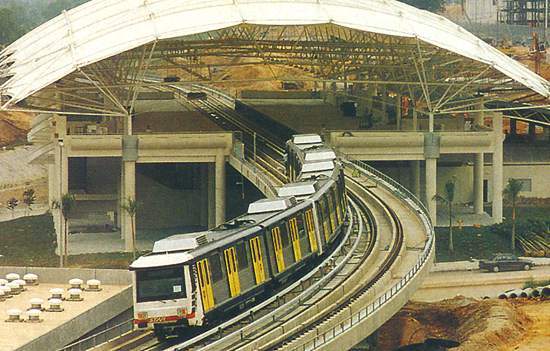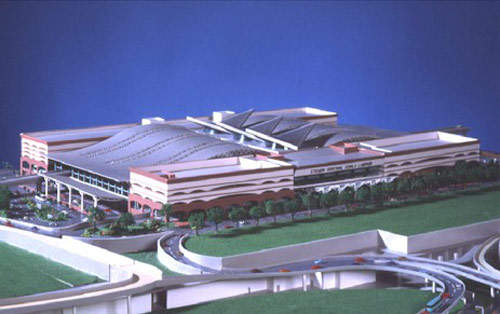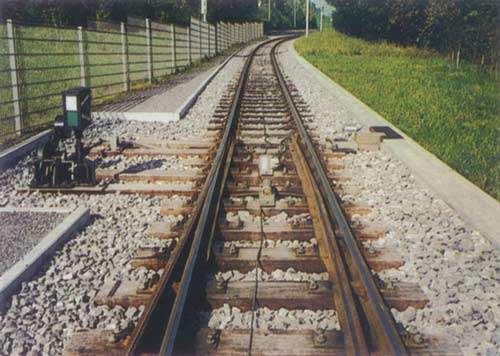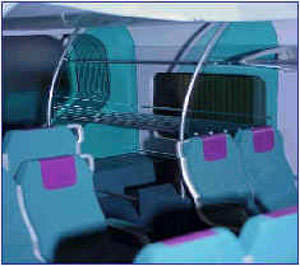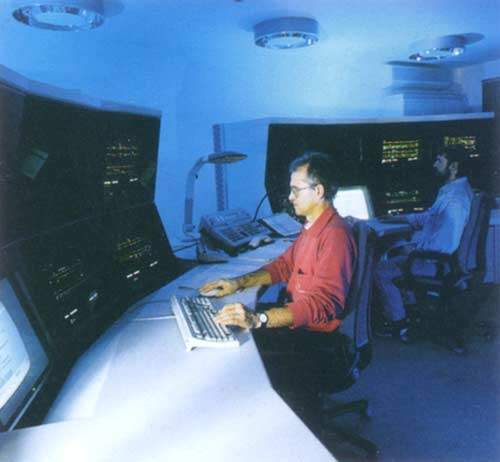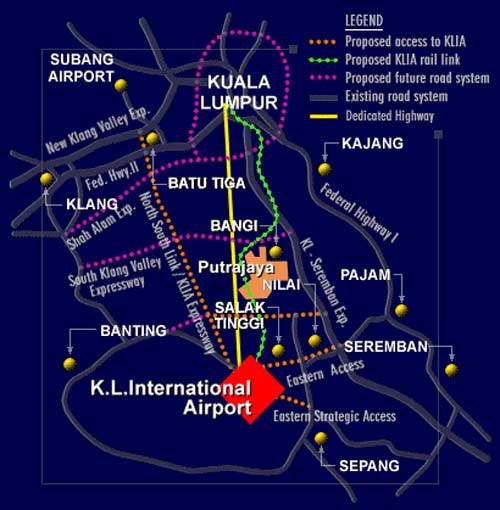A new 57km (35-mile) express rail link between the centre of the Malaysian capital Kuala Lumpur and the principal international airport opened in April 2002, offering a 28-minute end-to-end journey time. The system’s total construction time was remarkably less than two years.
The project
The Express Rail Link (ERL) is a central element in the Malaysian government’s strategy to enhance the role of the capital’s international airport.
Its completion coincides with improvement works at Sentral station, which integrates the services of the ERL with those of the Commuter Rail Service (CRS), mainline and commuter services operated by the KTMB national railway, the PUTRA automated light rail system and the KL Monorail system.
Operator Express Rail Link is a private company, owned by Tabung Haji Technologies and YTL Corporation Berhad, which has a 30-year concession to finance, build, operate and maintain the link. The terminal at the airport incorporates full check-in facilities and other airport services.
Infrastructure
From the main Kuala Lumpur Sentral rail terminus, the standard gauge track runs southwards alongside the Keretapi Tanah Melayu Berhad corridor on which the first intermediate station, at Bandar Tasik Selatan, is located. The track continues to follow the KTMB corridor before deviating to cross the PLUS Expressway near the toll plaza for the University Putra Malaysia.
The second intermediate station is within Putrajaya’s integrated western transport terminal, offering extensive bus connections. From here, the track continues southwards, crossing the Langat River, before running into the Commuter Rail Service (CRS) station at Salak Tinggi. This station also houses the ERL’s main depot, administration centre, stabling yard, workshops and test track. The track enters the airport boundary after crossing the B20 road and terminates on the ground floor of the main terminal building.
There are a total of 30 new bridges and the revamped Sentral station was opened ahead of the rest of the system early in 2001. Rails were supplied from Europe, while equipment for the fabrication of catenary masts was delivered from South Korea and Japan.
Rolling stock
A 12-strong fleet of four-car electric multiple units was supplied by Siemens, eight of them dedicated for use on ERL services.
Based on the successful ET425 design widely used in Germany, the trains have a top speed of 162km/h (100mph).
The ERL-dedicated trains each have 156 seats and, like the Heathrow Express trains built by Siemens for the UK, have an ambience similar to business class air travel.
The other four units are employed on CRS commuter services, with higher density accommodation, designed to carry 540 passengers (144 seated) per four-car unit.
Signalling and communications
The ERL is governed by the ZSL90 automatic train protection system, which has previously been used on two Swiss narrow-gauge railways. Route data, with details of curves, gradients, turnouts, stations and depots, is stored on a memory chip on board each train. Variable data, including the status of signals, points, level crossing barriers and temporary speed restrictions, is relayed to the train in real-time via continuous cable in the track.
The future
The ERL has been an outstanding success since its opening in April 2002 with four trains per hour. Commuter rail services are being expanded to serve the developing catchment areas around Bandar Tasik, Selatan, Putrajaya and Salak Tinggi.
In contrast, the initial 8.6km (5.3-mile) Kuala Lumpur Monorail, another rapid people mover transit system, is unlikely to be expanded beyond its committed 16km (10 miles) because of a host of technical problems that led to a much-delayed opening in August 2003. The ten-station service between Titiwangsa and Tun Sambanthan operates on a dual guideway straddle-beam and can handle up to 18,000 passengers per hour in each direction. Permanently coupled four-car trains run every 2 to 5 minutes during peak hours.

